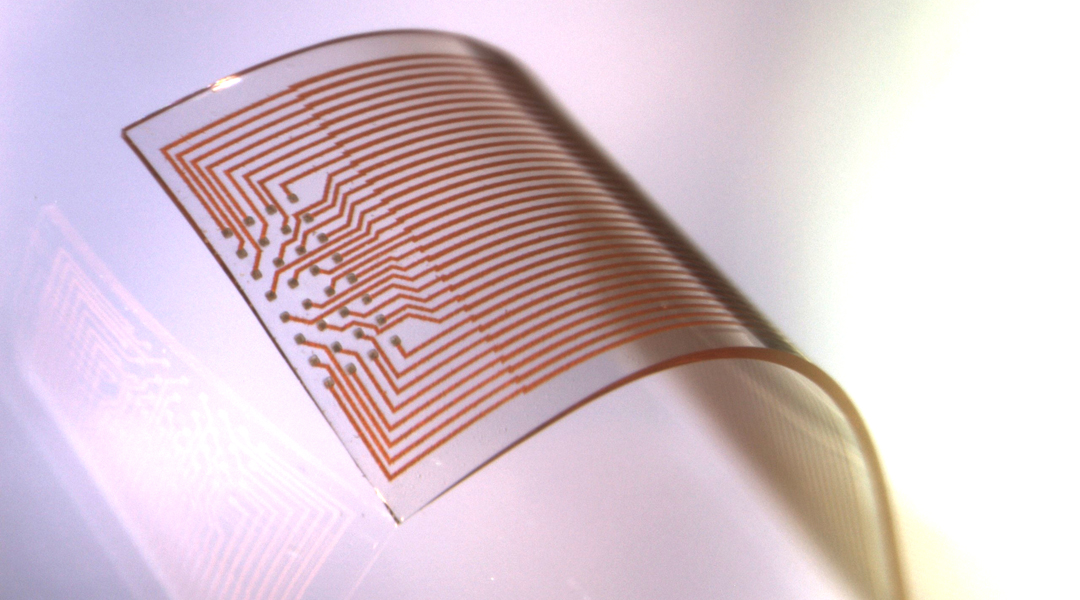The Handbook of Industrial Inkjet Printing provides an overview of all the individual subareas of industrial inkjet printing.


The Handbook of Industrial Inkjet Printing provides an overview of all the individual subareas of industrial inkjet printing.

The dissolution problem for manganese dioxide-based cathodes in zinc-based batteries has been solved, and fully knittable zinc–air batteries have been designed that can be incorporated into regular clothing to power portable devices.

A roll-to-roll strategy for the production of future wearable photoelectric devices with higher performance and at a lower cost.

The addition of a liquid metal anode enables the design of a deformable battery with some unusual characteristics.

High-density stretchable electrode grids based on a material that can resolve high spatiotemporal neural signals from the surface of the cortex in freely moving rats with stable recording quality during 3 months of implantation.
![Wrinkle-Free Graphene [Video]](https://www.advancedsciencenews.com/wp-content/uploads/2018/03/adma201706504_ASN_image-1.jpg)
Graphene grown on Cu(111) foils is a step toward wrinkle-free graphene production for electronic devices application.
![3D e-Whiskers for Complex Sensing Applications [Video]](https://www.advancedsciencenews.com/wp-content/uploads/2018/03/adma201706733_ASN_image.png)
A scalable method for fabricating electronic whiskers (e-whiskers)—a class of electronic skin—for sensing a variety of external stimuli, including proximity, texture mapping, surface roughness, material stiffness, force, and temperature.

Graphene sensors with high-resolution features are produced on flexible tapes for wearable electronics via a simplified drop-cast-and-transfer process.

Carbon nanotube surfaces as ultrafast electron sources could influence the next generation of attosecond science and light-wave electronics research.

Sometimes the answer to a problem is exactly where you would expect it to be.